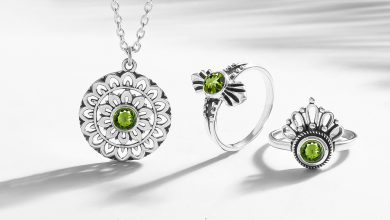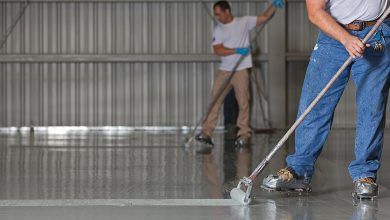Which Wins for Your Process? Is it Mica Nozzle Heaters or Ceramic Heaters?
Choosing the right heating solution for industrial applications can feel overwhelming, especially when performance and efficiency are at stake. Mica nozzle heaters and ceramic heaters both offer advantages, but the right choice depends on specific process needs. Understanding the strengths of each helps manufacturers make an informed decision for better heating performance.
Are Mica Nozzle Heaters the Superior Choice for Faster Heat Transfer?
When heating speed matters, mica nozzle heaters stand out. Their thin, lightweight construction allows heat to move quickly from the heating element to the surface being heated. This rapid transfer ensures that machinery reaches the desired temperature faster, minimizing downtime and improving process efficiency.
Mica band heaters outperform ceramic heaters when immediate heat response is needed. Ceramic heaters take longer to warm up due to their thicker insulating layers, which slow heat movement. For industries where every second counts, such as plastic molding and extrusion, the quick and direct heating of mica nozzle heaters makes them the preferred option. Their efficiency helps prevent delays in production, keeping processes running smoothly.
Why Mica Nozzle Heaters Deliver Better Durability in Industrial Settings
Industrial environments are demanding, and heating elements must withstand constant use, high temperatures, and exposure to harsh conditions. Mica nozzle heaters are built with stainless steel exteriors that protect the internal components from damage. Their rugged design ensures they last longer, even in high-temperature applications.
Mica band heaters also resist oxidation and corrosion better than ceramic heaters, which can crack under prolonged heat cycles. While ceramic heaters are durable in some settings, they are more fragile and prone to breakage if subjected to physical impact. In industries that require reliability and continuous operation, mica nozzle heaters provide a strong, long-lasting solution that reduces the need for frequent replacements.
How Do Ceramic Heaters Compare to Mica Heaters in Energy Efficiency?
Energy consumption is a major factor in industrial heating, and ceramic heaters are often considered more efficient due to their superior heat retention. The ceramic core holds onto heat longer, reducing the frequency of power cycling. This makes ceramic heaters a better choice for applications where maintaining consistent heat with minimal energy loss is a priority.
However, mica band heaters still provide excellent efficiency for processes that require fast heat-up and cool-down cycles. Their ability to quickly transfer heat means less wasted energy during startup. While ceramic heaters excel in long-term heat retention, mica nozzle heaters remain the better option for processes that demand rapid heating without prolonged power consumption.
Mica Band Heaters Offer Precision—Can Ceramic Match Up?
When precision heating is essential, mica band heaters outperform ceramic alternatives. Their thin design allows for even heat distribution, ensuring uniform temperature control across the heating surface. This level of accuracy is critical in industries like plastic molding, where temperature fluctuations can lead to defects in the final product.
Ceramic heaters, while efficient, may not provide the same level of precision due to their slower heat response. Their insulating properties cause temperature lag, which can create inconsistencies in applications that require exact heat settings. Mica nozzle heaters offer the responsiveness needed to maintain strict temperature tolerances, making them the preferred choice for precision-driven processes.
Why Does Your Process Benefit from the Flexibility of Mica Nozzle Heaters?
Flexibility is a crucial factor in industrial heating, and mica nozzle heaters offer a level of adaptability that ceramic heaters can’t match. Their ability to conform to different shapes and sizes allows them to be used in a variety of heating applications, from injection molding machines to food processing equipment.
Mica band heaters can be customized to fit unique equipment requirements, ensuring a snug fit that maximizes heat transfer. Ceramic heaters, on the other hand, are more rigid and may not be suitable for applications requiring a precise fit. The flexibility of mica nozzle heaters makes them a versatile choice for industries that need heating solutions tailored to specific machine configurations.
Cost-Effectiveness of Mica Nozzle Heaters—Is Ceramic Worth the Extra Investment?
For industries focused on cost efficiency, mica nozzle heaters offer an affordable yet reliable solution. Their lower material costs and straightforward design make them a budget-friendly choice without sacrificing performance. Companies looking to minimize expenses while maintaining effective heating can benefit from the long lifespan and efficiency of mica band heaters.
Ceramic heaters often come with a higher price tag due to their insulating properties and heat retention capabilities. While they may save on energy costs in some applications, their initial cost can be a concern for businesses operating on tight budgets. Mica nozzle heaters provide a balance between affordability and performance, making them a smart investment for manufacturers looking for cost-effective heating solutions





